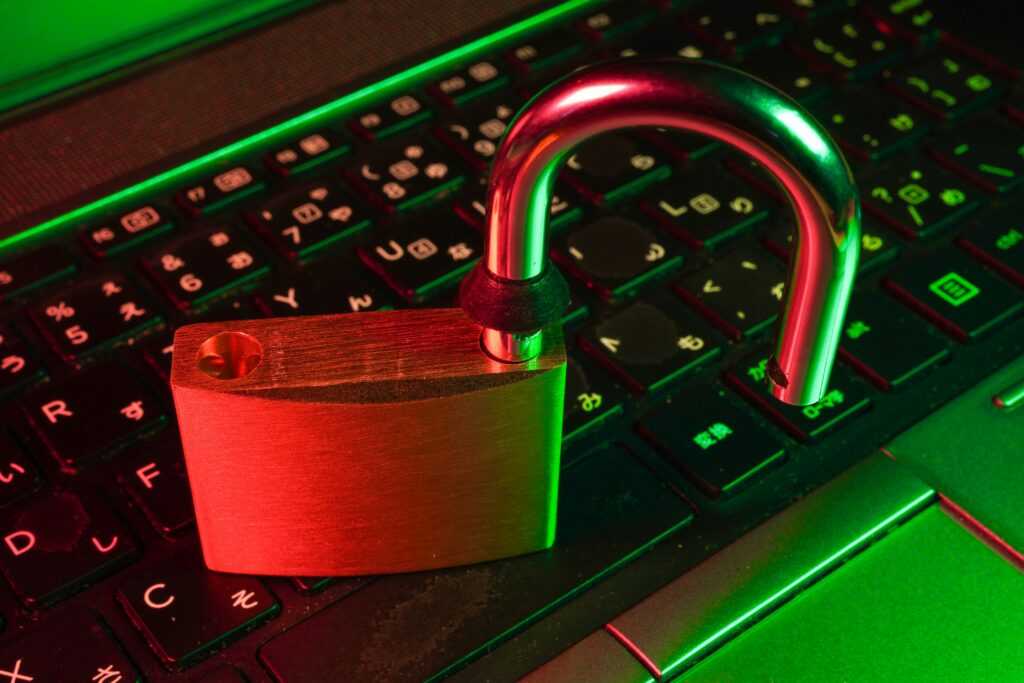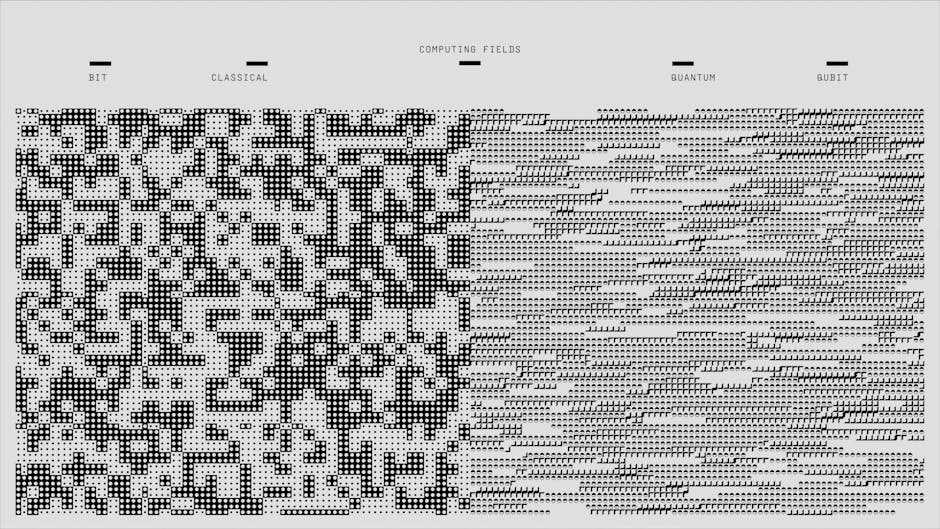In today’s digital landscape, the shift towards remote work has become more prevalent than ever. As I navigate the realm of cybersecurity, ensuring the safety of sensitive data and personal information while working remotely has become a top priority. In this article, I’ll delve into essential tips and tools to enhance cybersecurity for remote work, equipping you with the knowledge to protect yourself and your organization from potential online threats.
With cyber attacks on the rise, understanding the best practices for securing your remote work environment is crucial. Throughout my experience in the cybersecurity domain, I’ve come across various tools and strategies that can fortify your virtual workspace against malicious actors. By implementing these tips and utilizing the right cybersecurity tools, you can establish a robust defense mechanism to safeguard your digital assets effectively.
Importance of Cybersecurity for Remote Work
Ensuring cybersecurity for remote work is vital in today’s digital landscape. As more individuals and organizations embrace the flexibility of remote work, the risk of cyber threats also increases.
Securing sensitive data and personal information is paramount when working outside traditional office environments. Without proper cybersecurity measures in place, remote workers are vulnerable to potential data breaches, malware attacks, and other cyber risks.
By prioritizing cybersecurity for remote work, both individuals and organizations can safeguard valuable data, maintain confidentiality, and mitigate the impact of cyber incidents. It’s essential to understand the significance of implementing robust cybersecurity practices to protect remote work environments effectively.
By staying informed about the latest cybersecurity threats and following best practices, remote workers can contribute to a secure digital ecosystem. Implementing cybersecurity tools and strategies not only enhances protection but also fosters a culture of cyber awareness and resilience in remote work settings.
Common Cybersecurity Threats in Remote Work Environments
When it comes to remote work, staying vigilant against cybersecurity threats is crucial. Let’s delve into two prevalent risks that remote workers often face.
Phishing Attacks
I’ve encountered various phishing attempts while working remotely. Cybercriminals use deceptive emails or messages to trick individuals into providing sensitive information like passwords or financial details. Being cautious with emails from unknown senders and verifying the authenticity of links before clicking on them is essential to mitigate phishing risks.
Malware Risks
Malware poses a significant threat to remote work environments. It can infiltrate systems through malicious downloads or compromised websites, leading to data breaches or system malfunctions. To combat malware risks, I regularly update my antivirus software, avoid downloading suspicious files, and exercise caution when browsing unfamiliar websites. Maintaining a robust cybersecurity posture is key to safeguarding sensitive information while working remotely.
Essential Tips for Enhancing Cybersecurity in Remote Work
When it comes to enhancing cybersecurity while working remotely, there are specific strategies that can significantly improve the protection of sensitive data and ensure a secure digital environment. Let’s explore some essential tips for safeguarding your work and personal information.
Use of VPNs
Using Virtual Private Networks (VPNs) is a fundamental step in securing your online activities and data transmission. VPNs encrypt your internet connection, making it more challenging for cybercriminals to intercept sensitive information. By using a VPN, I can establish a secure connection to the internet, especially when accessing public Wi-Fi networks, thus enhancing the confidentiality of my online communications.
Multi-factor Authentication
Implementing multi-factor authentication adds an extra layer of security by requiring multiple forms of verification to access accounts or systems. By enabling this feature, I reduce the risk of unauthorized access even if my passwords are compromised. Multi-factor authentication can involve a combination of factors like passwords, biometrics, security tokens, or SMS codes, enhancing the overall security posture of my remote work setup.
Regular Software Updates
Keeping software up to date is crucial for protecting devices from vulnerabilities that cyber attackers can exploit. By regularly updating operating systems, applications, and security patches, I ensure that my devices are equipped with the latest security features and defenses against emerging threats. I prioritize updating all software to mitigate potential security risks and maintain a secure work environment.
Secure Password Practices
Practicing secure password habits is essential for maintaining strong cybersecurity in remote work scenarios. I regularly create complex passwords that include a mix of letters, numbers, and special characters, making them harder to crack. Additionally, using unique passwords for each account reduces the risk of multiple accounts being compromised if one password is exposed. By securely managing and storing passwords, I enhance the protection of my sensitive data and accounts.
Employee Training and Awareness
Educating employees on cybersecurity best practices and raising awareness about potential threats play a vital role in enhancing overall security resilience. Training sessions on identifying phishing emails, recognizing social engineering tactics, and understanding safe browsing habits empower individuals to make informed decisions when navigating online environments. By fostering a culture of cybersecurity awareness, organizations can strengthen their defense mechanisms against cyber threats in remote work settings.
Recommended Tools for Cybersecurity in Remote Work
In the realm of cybersecurity for remote work, using the right tools is crucial for maintaining a secure digital environment. Here are some recommended tools that can help enhance cybersecurity measures for remote workers like me:
- Virtual Private Network (VPN):
A VPN encrypts internet traffic, ensuring secure data transmission over public networks. It is a vital tool for safeguarding sensitive information when connecting to company networks remotely. -
Multi-factor Authentication (MFA):
MFA adds an extra layer of security by requiring multiple forms of verification to access accounts. Tools like Google Authenticator or Authy can help ensure only authorized individuals can log in. -
Password Managers:
Password managers like LastPass or 1Password securely store and manage complex passwords for various accounts, reducing the risk of password-related security breaches. -
Endpoint Protection Software:
Endpoint protection tools such as McAfee or Bitdefender offer advanced security features to protect devices from malware, ransomware, and other cyber threats.
Platforms like Dropbox Business or Google Drive have robust security features that enable secure file storage, sharing, and collaboration while working remotely.
Utilizing these recommended cybersecurity tools can significantly bolster the defense mechanisms against cyber threats and ensure a safe and secure remote work environment for me and my colleagues.


 Christopher Crick is a valued helper at The Code Crafters Hub, where he plays a crucial role in building and enhancing the platform. With a keen eye for detail and a deep understanding of software development, Crick has been instrumental in refining the site's features and ensuring that it delivers top-notch content to its users. His contributions range from technical support to content development, helping to shape the hub into a premier resource for software professionals and enthusiasts.
As a dedicated team member, Crick's efforts are focused on maintaining the high standards that The Code Crafters Hub is known for. His expertise in various aspects of technology ensures that the platform remains up-to-date with the latest advancements and trends. Located in Warren, MI, Crick's commitment to excellence supports the hub's mission to provide valuable insights into web development, game development, IoT, and cybersecurity.
Christopher Crick is a valued helper at The Code Crafters Hub, where he plays a crucial role in building and enhancing the platform. With a keen eye for detail and a deep understanding of software development, Crick has been instrumental in refining the site's features and ensuring that it delivers top-notch content to its users. His contributions range from technical support to content development, helping to shape the hub into a premier resource for software professionals and enthusiasts.
As a dedicated team member, Crick's efforts are focused on maintaining the high standards that The Code Crafters Hub is known for. His expertise in various aspects of technology ensures that the platform remains up-to-date with the latest advancements and trends. Located in Warren, MI, Crick's commitment to excellence supports the hub's mission to provide valuable insights into web development, game development, IoT, and cybersecurity.
